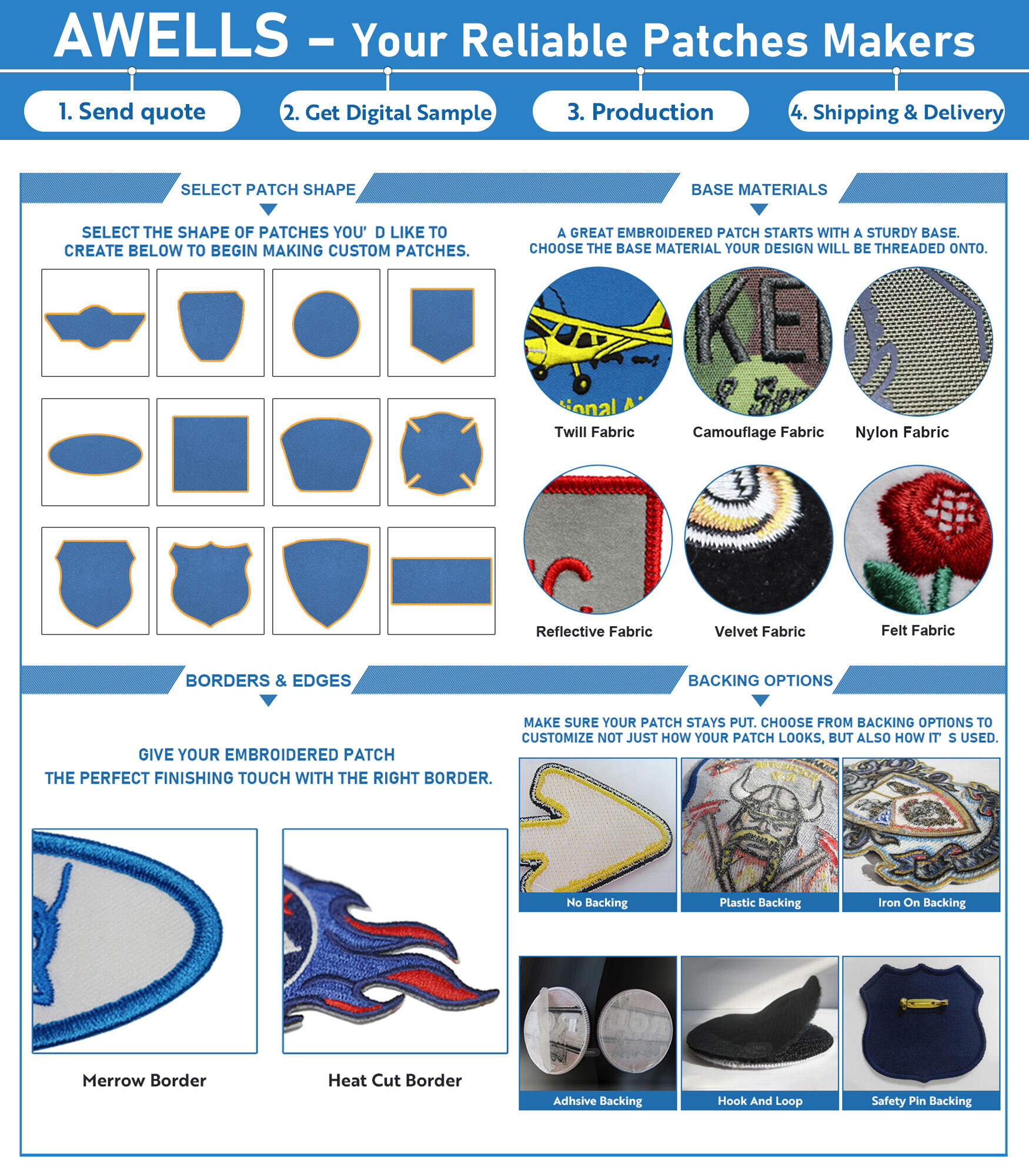Designing a military patch requires artistry as well as strategic planning. It is an imaginative undertaking which requires an applicant’s creativity and some form of an abstract understanding of the designed patch. Creativity and standards will be the main focus of this article. This is essential for companies and designers planning to make custom patches for military units.
Military Patch Standards
Patches for uniforms have always a design and purpose. Aside from being a source of pride and identification, they portray significant milestones achieved by a military personnel. Every unit has a design that has unique and template standards. Adhering to the patches templates helps maintain the branding and communicational needs, and the intended mission a patch is to fulfill, and uniformity across the entire service branch. One needs to appreciate the policies that govern the sizing, colors, symbols, and motifs of a branch to fully understand the military’s standard operating procedures for patches.
Major Considerations when Designing Military Patches
While designing military patches, a few considerations need to be made. For example, the shape of the patch should be meaningful. Additionally, unit patches are generally circular to symbolize the unit. Visual elements such as color also hold significance. All colors convey a different feeling, emotion, or meaning. Patches also need to be appealing to the unit. Therefore, color selection, color combinations, as well as contrast, are all critical. Additionally, the unit’s history or mission can add some relevant symbols or insignia that are meaningful to the unit, thus making the patch more valuable.
Creating a Civic or Military Patch
Although badges and insignia seem simple, they have considerable meaning. Each patch of a soldier’s uniform conveys a status or accomplishment. For example, military patches have immense meaning, and each patch stands for a unit or a division. The unit that is tasked to deploy to a certain area will integrate with the deployed forces. There is a blend of cohesion and unit among the deployed forces. Military patches separate soldiers into divisions and have immense meaning. The patch is designed well. However, does not mean erase the standing patch goes minimum to the base patch template which means the design will appear boring. Patch designers should know the perception that patch will create for the military and civilians.
Designing Effective Patches
Today, patch creators can use a combination of Adobe Illustrator and specialized embroidery design software. Such design tools facilitate consistent and accurate color and pattern matching. Furthermore, the audience’s preferences should also be considered, therefore, the military personnel or veterans can be helpful during the design stage. Focus group testing is valuable, and these groups can make helpful edits prior to the final production.
Trends Shifting in Military Patch Design
The changes in a society’s or a community’s technological development is bound to affect the direction of patch design. Just recently, there was a noticeable reversal from individual identity patches that detail a person’s history to patches that commemorate milestones. This is driven by the desire to be unique, especially in a sea of identical uniforms. There is also a different movement toward the use of sustainable and eco-friendly materials for the production of patches. This poses the question of the environment’s concern in the production of patches.
As I explained earlier, guided imagination is a requirement when designing a military patch. Even with a little knowledge about the military, a designer is able to create wonderful branding that is valued by the users. A designer has the ability to predict changes within the military, as well as socio-cultural and aesthetic shifts. This provides chances for new, purposeful, and branded military patches.

